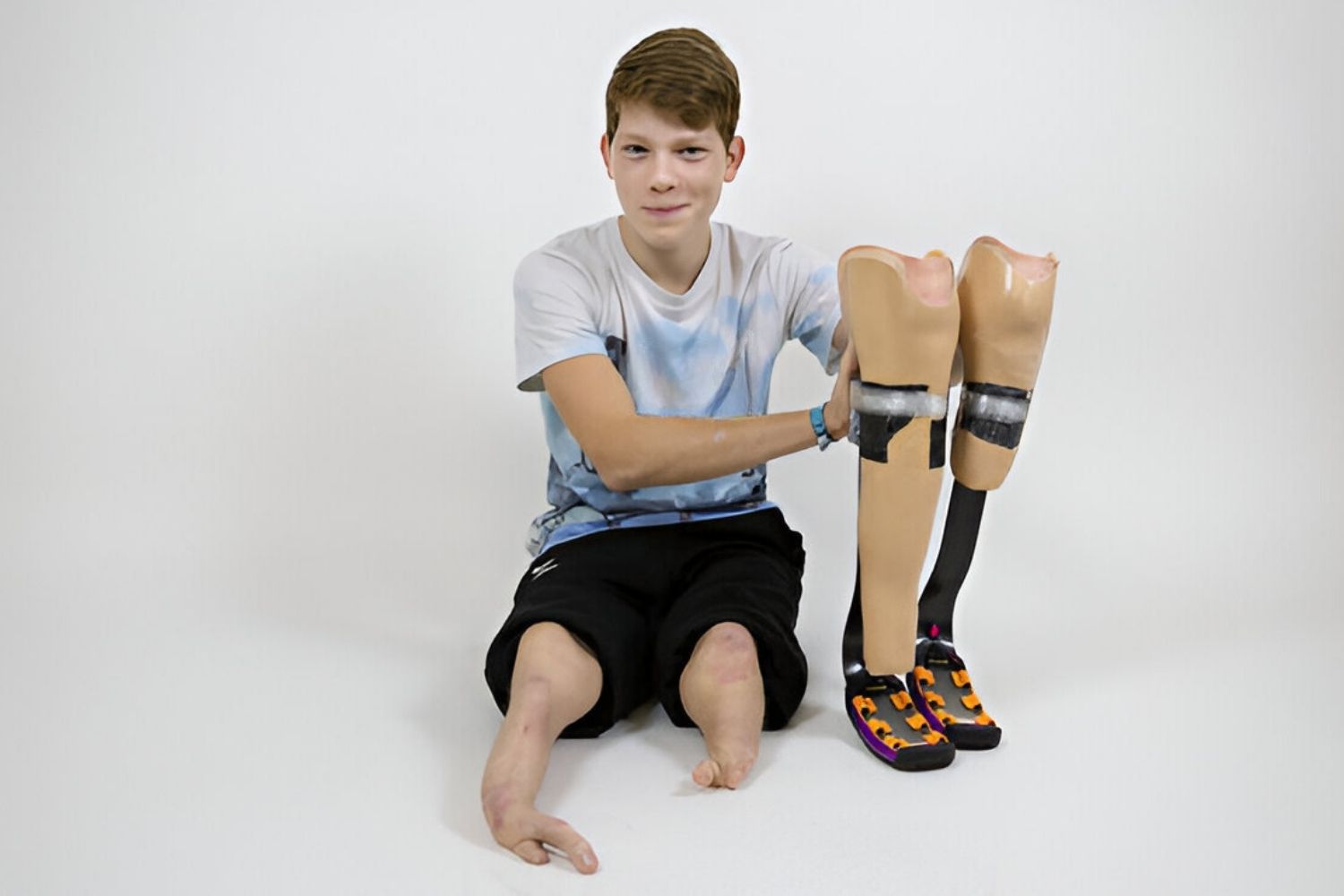
Did you know that the human body has over 200 bones? Among these, the femur, fibula, and ulna play crucial roles in our daily movements. The femur, or thigh bone, is the longest and strongest bone, supporting our weight during activities like walking and running. The fibula, found in the lower leg, works alongside the tibia to stabilize the ankle and support muscles. Meanwhile, the ulna, located in the forearm, helps with arm movements and forms the elbow joint. Understanding these bones can give us a better appreciation of how our bodies function. Let's dive into 25 fascinating facts about these essential bones!
Key Takeaways:
- The femur, fibula, and ulna are essential bones that support our body and allow us to move. They are incredibly strong, help with stability, and have fascinating uses in medical science.
- These bones are not only crucial for our movement but also play a role in overall bone health, blood cell production, and even reconstructive surgery. They are fascinating to study and have become repairable with medical advancements.
The Femur: The Strongest Bone in Your Body
The femur, also known as the thigh bone, is the longest and strongest bone in the human body. It plays a crucial role in supporting your weight and allowing you to walk, run, and jump.
- The femur can withstand forces of up to 1,800 to 2,500 pounds, making it incredibly strong.
- It connects the hip to the knee, forming part of the hip joint and the knee joint.
- The femur is slightly curved to help absorb the stress of walking and running.
- It takes about 20 years for the femur to fully develop and harden.
- The femur is hollow, which makes it lighter yet still very strong.
- Femur fractures are serious injuries that often require surgery to repair.
The Fibula: The Supportive Bone
The fibula is a long, thin bone located next to the tibia in the lower leg. While it doesn't bear much weight, it provides stability and support to the leg.
- The fibula is the smaller of the two bones in the lower leg.
- It runs parallel to the tibia, from the knee to the ankle.
- The fibula helps stabilize the ankle and supports muscles of the lower leg.
- Unlike the femur, the fibula is not involved in the knee joint.
- The fibula is often used in bone grafts because it can regenerate well.
- Injuries to the fibula are less common but can occur with ankle sprains or fractures.
The Ulna: The Forearm's Backbone
The ulna is one of the two long bones in the forearm, the other being the radius. It plays a key role in forming the elbow joint and allowing arm movement.
- The ulna is located on the side of the forearm closest to the body (the pinky side).
- It forms the elbow joint with the humerus, the upper arm bone.
- The ulna is longer than the radius and helps stabilize the forearm.
- It allows for the rotation of the forearm, enabling movements like turning a doorknob.
- The ulna has a prominent bony point at the elbow called the olecranon.
- Fractures of the ulna often occur from direct blows or falls onto an outstretched arm.
Interesting Facts About These Bones
These bones not only serve essential functions but also have some fascinating characteristics and uses in medical science.
- The femur, fibula, and ulna are all part of the appendicular skeleton, which includes the limbs and girdles.
- Bone density in the femur can be an indicator of overall bone health.
- The fibula can be used in reconstructive surgery to replace missing bone in other parts of the body.
- The ulna and radius work together to allow for the complex movements of the wrist and hand.
- These bones are rich in bone marrow, which produces blood cells.
- The length and strength of these bones make them ideal for studying human evolution and biomechanics.
- Advances in medical technology have made it possible to repair and even replace parts of these bones with prosthetics.
Fascinating Bones
Bones like the femur, fibula, and ulna hold more than just our bodies together. The femur, the longest and strongest bone, supports our weight and enables movement. The fibula, though smaller, plays a crucial role in stabilizing the ankle and supporting muscles. The ulna, paired with the radius, allows for the complex movements of our arms.
Understanding these bones helps appreciate the intricate design of the human body. Each bone, with its unique function, contributes to our daily activities, from walking and running to lifting and throwing. Knowing these facts can spark curiosity about how our bodies work and inspire further learning.
Bones are not just structural elements; they're vital for movement, protection, and overall health. Keep exploring, stay curious, and remember, every part of our body has a story to tell.
Frequently Asked Questions
Was this page helpful?
Our commitment to delivering trustworthy and engaging content is at the heart of what we do. Each fact on our site is contributed by real users like you, bringing a wealth of diverse insights and information. To ensure the highest standards of accuracy and reliability, our dedicated editors meticulously review each submission. This process guarantees that the facts we share are not only fascinating but also credible. Trust in our commitment to quality and authenticity as you explore and learn with us.
